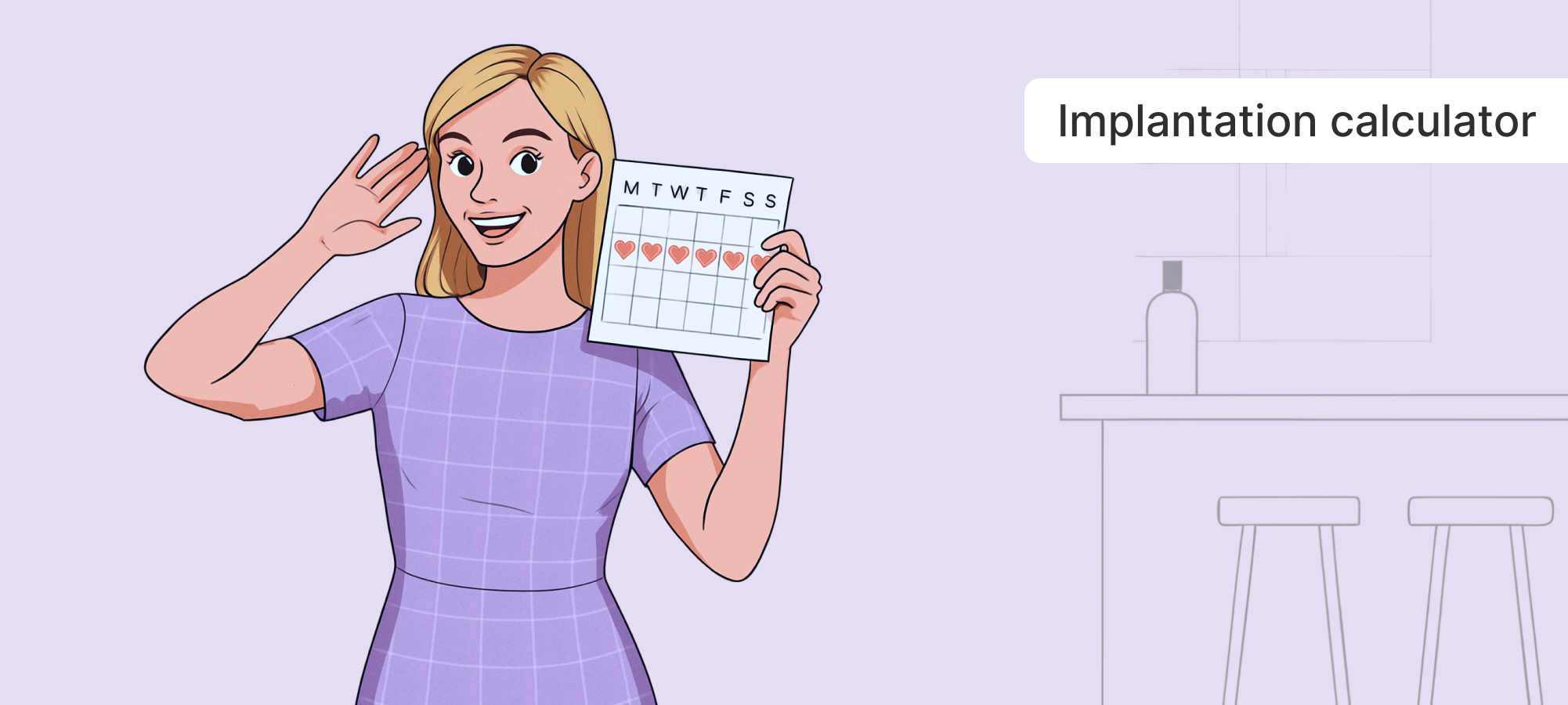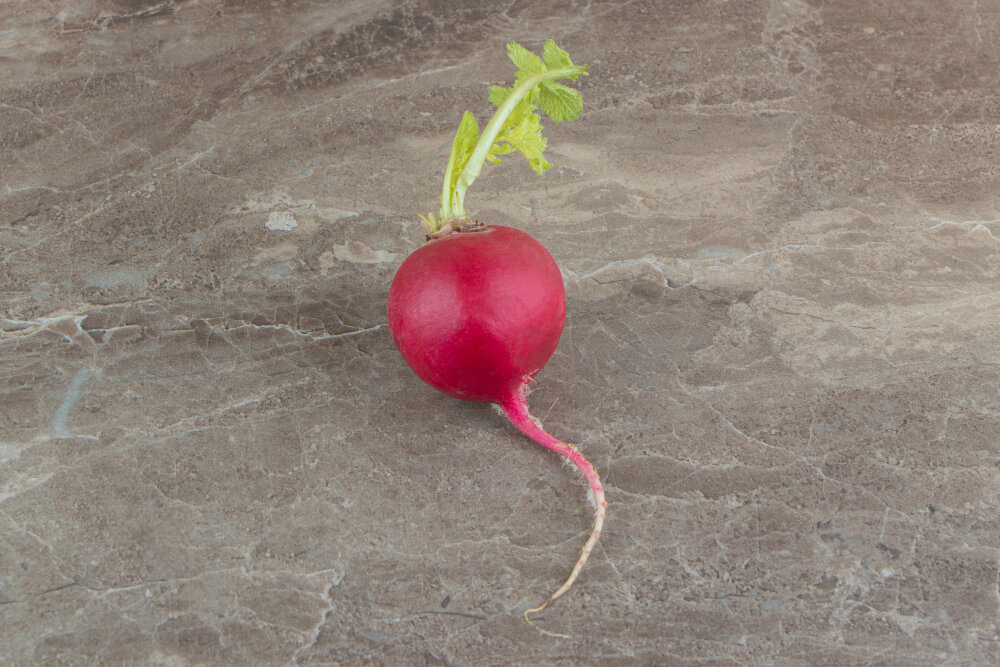How your period affects mental health

Managing your period with care isn’t just about choosing the right menstrual product—it’s also about how you dispose of it. Whether you use pads, tampons, panty liners, or menstrual cups, safe disposal of used products is a vital part of daily body care during your menstrual cycle. It helps you stay clean, prevents infections, reduces environmental harm, and promotes dignity for others around you.
Why Safe Disposal Matters
-
Personal Hygiene: Used menstrual products contain blood, which is a biological material that can become a breeding ground for bacteria if not properly disposed of.
-
Environmental Impact: Improper disposal (flushing or open dumping) leads to water pollution and waste accumulation. Most sanitary pads contain plastic and can take hundreds of years to decompose.
-
Social Responsibility: Leaving used products uncovered or in inappropriate places can be unpleasant and disrespectful to others who use the same facilities.
Different Products, Different Disposal Methods
Let’s understand how to safely discard various menstrual products:
1. Sanitary Pads and Panty Liners
How to Dispose:
-
Wrap used pads or panty liners in the wrapper of the new pad, toilet paper, or a newspaper.
-
Use a designated sanitary waste bin, if available.
-
Avoid flushing them down the toilet—this can clog plumbing and sewage systems.
Pro Tip: Carry small biodegradable disposal bags in your purse or period kit when you’re outside. Many eco-friendly brands now offer scented, hygienic disposal bags.
2. Tampons
How to Dispose:
-
Wrap used tampons similarly to pads before throwing them in the trash.
-
Never flush tampons—they expand and can easily block pipes.
Additional Tip: Use tampons with biodegradable applicators if you’re looking to reduce environmental impact.
3. Menstrual Cups
How to Dispose:
-
These are reusable! After emptying the contents into the toilet or sink, wash the cup thoroughly with warm water and mild soap.
-
Sterilize the cup by boiling it at the end of your cycle.
Only discard a menstrual cup if it’s damaged or expired (usually after 5–10 years). Cut it into smaller pieces and dispose of it in dry waste if there’s no recycling option.
4. Cloth Pads
How to Dispose (or Clean):
-
Reusable cloth pads should be washed with cold water, then warm soapy water, and sun-dried thoroughly before reuse.
-
If they are no longer usable, treat them as textile waste: wash and wrap before disposal in dry waste.
Hygiene Tips During Disposal
-
Wash your hands thoroughly before and after handling any used product.
-
Carry hand sanitizer or wipes if you're outdoors.
-
Use separate bins for sanitary waste at home—label them if needed.
What Not to Do
-
Don’t flush any menstrual product.
-
Don’t leave used products uncovered in public or private spaces.
-
Don’t burn pads or tampons unless they are clearly marked as safe for incineration. Burning plastic-lined products can release harmful toxins.
Eco-Friendly Options
If you’re environmentally conscious, consider:
-
Biodegradable pads made of organic cotton or banana fiber.
-
Menstrual cups or period panties that reduce waste.
-
Brands now also offer compostable sanitary disposal bags.
Conclusion
Safe disposal of used menstrual products is not just about hygiene—it's a mindful habit that reflects care for your body, the environment, and the community. By following simple disposal practices, we can create a cleaner, healthier, and more respectful world for everyone, especially during our menstrual cycle.
Related Articles

Implantation Calculator: Estimate When Pregnancy Begins

Baby development at 17 weeks

Ginger tea and natural remedies

How movement boosts mood

Creating a birth plan

Early signs of pregnancy

Light stretches before sleeping

Calming bedtime drinks